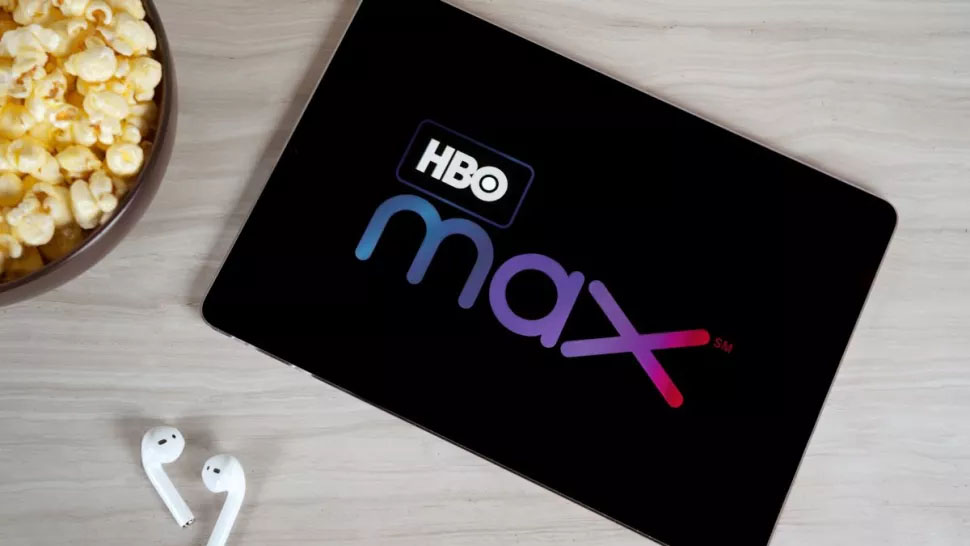(Image credit: WarnerMedia)
By
Source: www.nexttv.com, March 2021
More than twice as many U.S. consumers say they now have the streaming service vs. July. But they also say Max will be the first to go when this pandemic finally ends
Hub Entertainment Research has piled on its latest round of survey-based data asking the essential question, has video streaming increased in the pandemic?
Why yes it has.
But credit the Boston-based research company for going a little deeper in its latest report and illustrating just how much the streaming habit has accentuated over the one-year course of the lengthy social distancing period—for example, 77% of 3,008 U.S. consumers ages 14-77 say they’re now watching “significantly more” TV than they were before the pandemic vs. only 69% when Hub conducted a similar poll in July of last year.
And the movement has been away from linear television. Only 62% of respondents said they subscribe to a traditional linear pay TV service vs. 72% in July 2020. (Over the same nine-month frame, 21% said they have a vMVPD vs. 17% earlier.)
Uptake for all the major SVOD services is up, but none more than for HBO Max, with 31% of respondents saying they now carry the $14.99-a-month service vs. just 15% in July.

The bad news for the most expensive SVOD service: HBO Max is mentioned by survey respondents as the first service they’ll quit once the pandemic finally ends, with 17% signaling their intention to do so. Hulu (15%) and Discovery Plus (14%) are also listed among the more expendable.

And of course, AVOD’s growth during the pandemic is well known, but Hub charts it here elegantly. Right before the pandemic, in February 2020, 34% of survey respondents described themselves as users of free ad-supported streaming services. That figure grew to 37% in July. It now stands at 58%.


